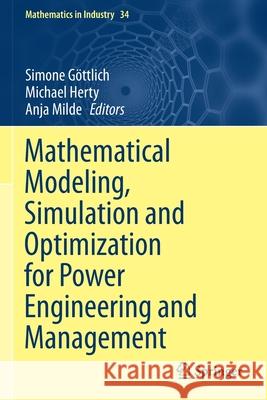Mathematical Modeling, Simulation and Optimization for Power Engineering and Management » książka
topmenu
Mathematical Modeling, Simulation and Optimization for Power Engineering and Management
ISBN-13: 9783030627348 / Angielski / Miękka / 2022 / 344 str.
Mathematical Modeling, Simulation and Optimization for Power Engineering and Management
ISBN-13: 9783030627348 / Angielski / Miękka / 2022 / 344 str.
cena 401,58
(netto: 382,46 VAT: 5%)
Najniższa cena z 30 dni: 385,52
(netto: 382,46 VAT: 5%)
Najniższa cena z 30 dni: 385,52
Termin realizacji zamówienia:
ok. 22 dni roboczych
Dostawa w 2026 r.
ok. 22 dni roboczych
Dostawa w 2026 r.
Darmowa dostawa!
Kategorie:
Kategorie BISAC:
Wydawca:
Springer
Język:
Angielski
ISBN-13:
9783030627348
Rok wydania:
2022
Ilość stron:
344
Waga:
0.48 kg
Wymiary:
23.39 x 15.6 x 1.83
Oprawa:
Miękka
Wolumenów:
01
Dodatkowe informacje:
Wydanie ilustrowane











